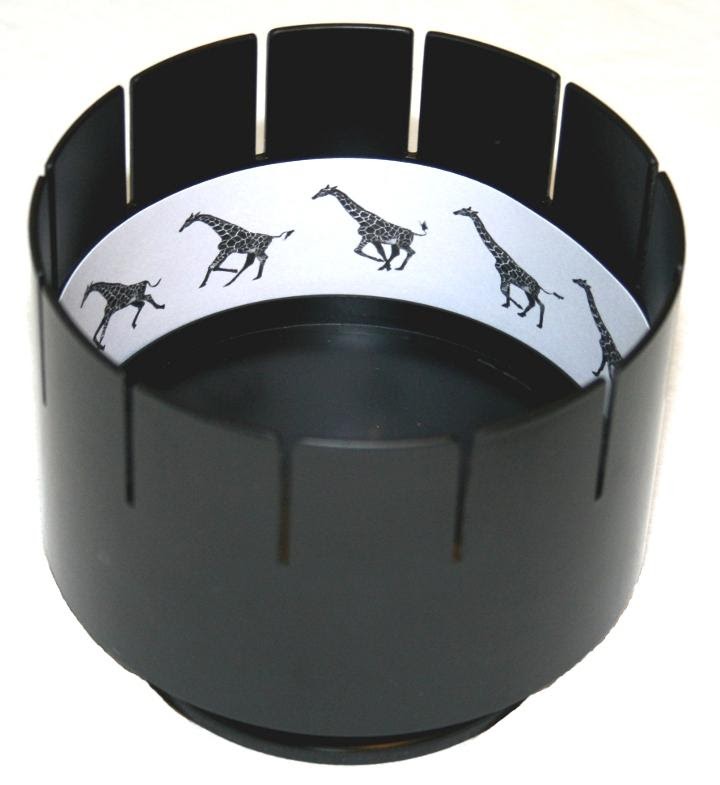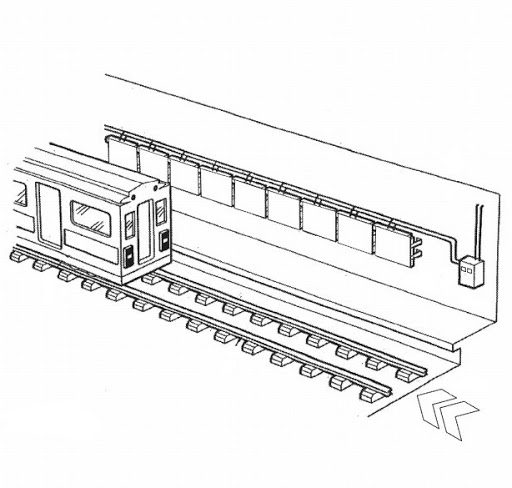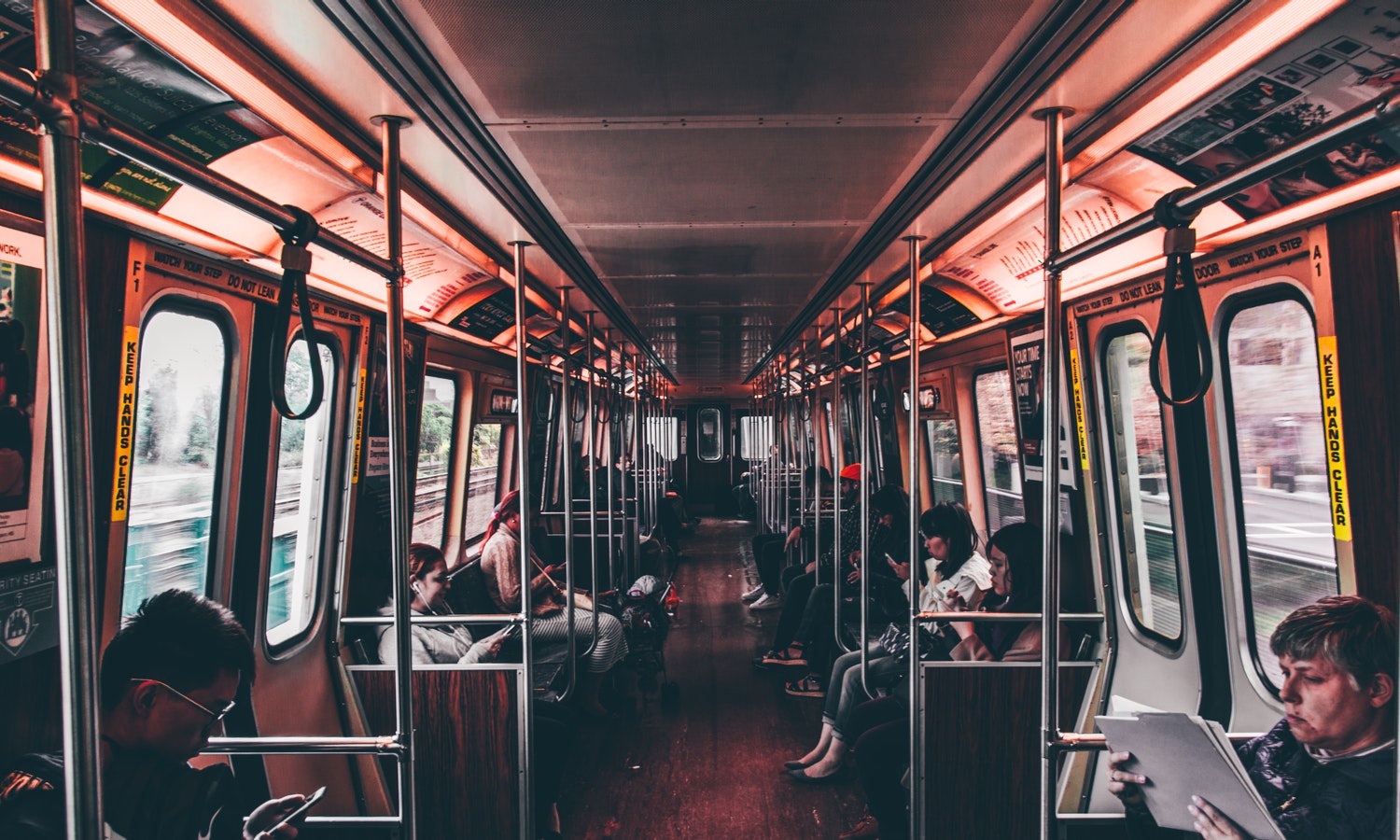Want to learn how Ericsson plans on changing your boring old commute landscape to a new vibrant one? This blog on commute landscape helps you to learn all about how Ericsson planning to do that.
Do you remember playing with a Zoetrope as a kid?

Image of a zoetrope
How the rolling wheel would unveil magic! Watching an animation play right in front of your eyes.
Well if you have traveled in a Manhattan-bound subway (more precisely the B and Q lines) you must have gotten the chance to relive your childhood and seen a large scale zoetrope unfurl right in front of your eyes!
That masterpiece consisting of 228 hand-painted panels is called a Masstransiscope. It was created by filmmaker Bill Brand with help from the New York Arts project in 1980.

The image above explains how travelers in the subway cart can see the paintings which are almost hidden away behind the wall. But with the help of the slits in them, it creates the Zoetrope effect for the commuters.
And this is not the only Masstransiscope.
Zoetrope type displays of moving artwork, advertising, and other visual information have been provided along subway tunnels of some cities, including San Francisco, London, Boston, Rio de Janeiro, Beijing, Shanghai, Seoul, Tokyo.
But despite its large scare beauty and it’s an installment for the amusement of the commuters, it is a possibility that the people who have to trace the route every day may get bored of looking at the same rotation of pictures every day.
And let’s face it. 228 hand-painted panels cannot be just renewed or repainted monthly (or even yearly).
So the thoughtful people at Ericsson sought to change this. No doubt that they have the expertise to call themselves one of the top 5g companies.
You Will Also Love To Learn About AndroDumpper APK ( Download AndroDumpper WiFi Premium APK )
Ericsson Patents for an Entertaining Commuting
In their recently filed patent (US20200202756A1) Ericsson talks about a new system where the view from your subway train will be customizable.
According to the patent, a series of display screens will be arranged side to side, along the pathway of the train.
They all will be hooked to one node that will contain a LiFi receiver.
In case you can’t recall how LiFi works:
LiFi (Light Fidelity) comprises multiple light bulbs that form a wireless network.
When a LiFi module is attached to a LED light bulb, it alters the brightness of the light flowing through it at extremely high speed, which isn’t visible to the human eye.
So with the help of LiFi, we modulate the light emitted through the LED bulbs which is received by a detector that interprets the changes in light intensity (the signal) as data.
LiFi, while doing the same tasks as WiFi has a different set of utilities. In the ever going argument of LiFi vs WiFi, LiFi takes the cake in this particular scenario.
Now back to our trains passengers, and LCDs!
So we have our LiFi receiver.
Where will be a LiFi transmitter near a train track?
On the Train!

This is a picture of what it will look like.
As the train will move past the node, the LiFi transmitter will send a profile message which will have information related to the vehicle.
Once the node receives a signal that the train has approached, it will display content on the screens from its content repository.
Therefore, each screen will display one image which when seen together through a passing train will create the illusion of a video playing.
Similar to how a flipbook works.

The installment of this system will be great news for anyone who wishes to advertise through this evolved Masstransiscope as in one study, 90% of passengers were able to remember the content of what they observed on the images immediately after their ride.
And 50% of those passengers could recall the content even months after seeing it.
Moreover, as a captive audience during the ride, the passengers were more willing to observe the content provided by the displays.
Considering the high volume of riders on many of the public transportation, it is possible for one set of displays to deliver content to hundreds or thousands of people daily, and to provide such delivery multiple times per day to many of the same commuting passengers.
I hope you like this article on commute landscape.
Author Bio: Oorja Pandya is a Marketing Associate at GreyB Services, a Global Patent Research Firm with offices in Singapore, India, and the US.




